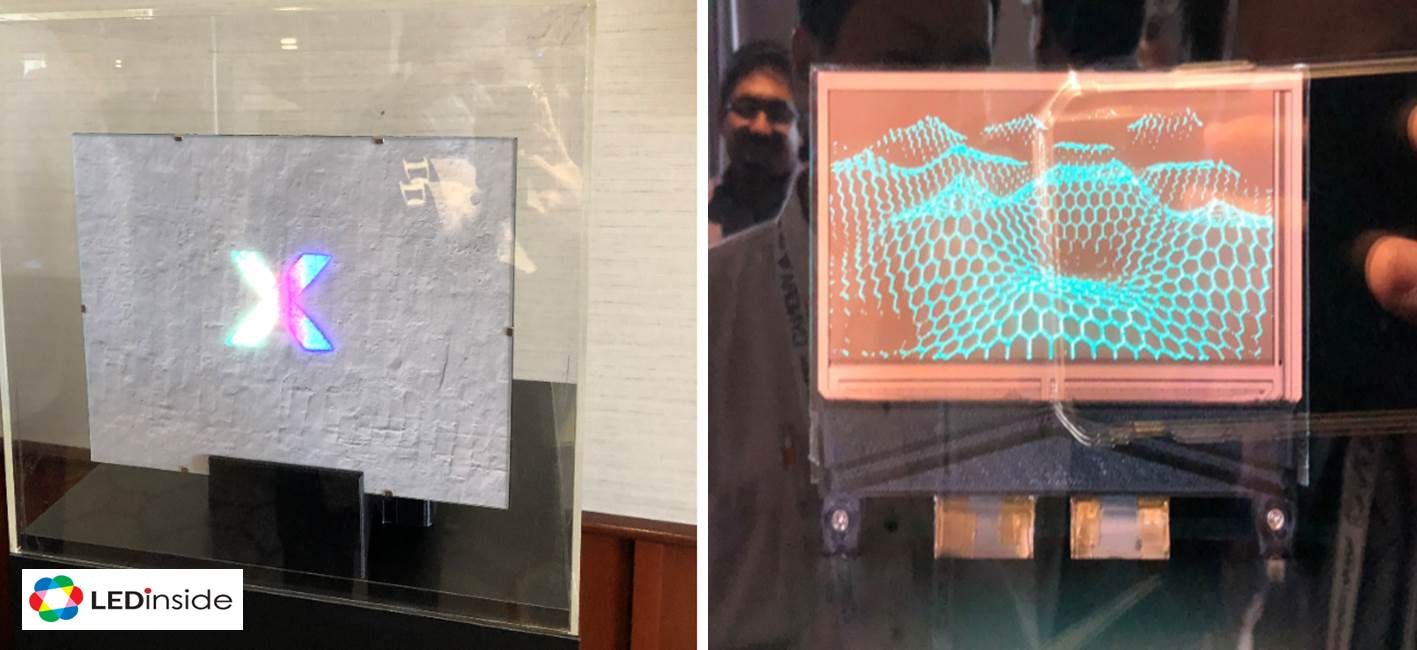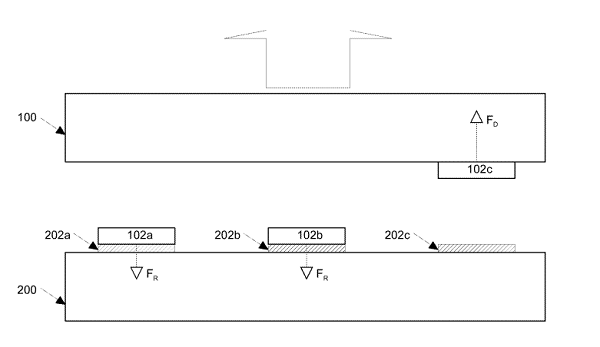In order to commercialized Micro LED display, the current goal of Micro LED technology developers is to reduce production cost and improve yield through optimizing manufacture process. One obstruction to the goal comes from the production process of mass transferring and bonding, as assembling millions of Micro LED chips to targeted substrates poses a great challenge for display makers.
Micro LED display is made from Micro LED arrays consisting of a massive amount of Micro LED chips, forming individual pixels. Since the size of Micro LED chips is less than 100 μm, as small as a piece of pollen, placing chips on substrates in preferred arrays with accuracy require lots of time and efforts. This is why the production cost of Micro LED display is still very high.
To speed up manufacture process, many technology developers have proposed new techniques including optimizing pick and place technology, developing fluidic assembly technology or applying laser technology to transfer LED chips. LEDinside has analyzed the advantage and disadvantage for different transferring technologies. Pick & place technology can be applied to products greater than 10µm, but transferring efficiency is relatively low as well as its precision and stability. Fluidic assembly technology, which was applied by eLux, PlayNitride and others, can accelerate transfer speed but it does not promise the yield since chips might be damaged during the process. Finally, laser transfer technology, as proposed by Micro LED startups like Uniqarta, will be able to transfer chips smaller than 1µm with better accuracy; yet it would require higher costs in equipment. .
To securing the leading position in the industry, big names have teamed up with mass transfer technology developers. For example, Apple acquired LuxVue and Osram developed partnership with X-Celeprint. Micro LED startup Rohinni also collaborate with equipment provider K&S to develop mass transferring solution and formed a joint venture with BOE to leverage its placement technology.

(Micro LED display by X-Display/X-Celeprint)
More technology breakthroughs have been announced by Micro LED focused companies. Canadian VueReal recently reported that it has achieved a high yield in Micro LED display production with its proprietary techniques including self-aligned integration process and solid printing technology. At Display Week 2019, JBD showcased a 600 DPI bi-color Micro LED display with its transferring technology.

(Image: VueReal)
To further explore mass transfer technology, LEDinside invited technology developers PARC and Ultra Display to share their Micro LED placement solutions at this year’s Micro LEDforum. With PARC ‘s Micro Assembler Printer, Micro LED chips can be arranged in preferred pattern then transferred to a final substrate. The technology enables high speed transferring for million Micro LED chips, enhancing the production process. On the other hand, Ultra Display proposes a solution using special laser technology to transfer Micro LED without weakening Micro LED chips.
Join us at Micro LEDforum to find out more about the innovative mass transferring technology that will further accelerate and optimize Micro LED progress!






 CN
TW
EN
CN
TW
EN








